Posted under: History
5 Interesting Fun Facts About the Grand Haven Area
Posted on: June 27, 2024
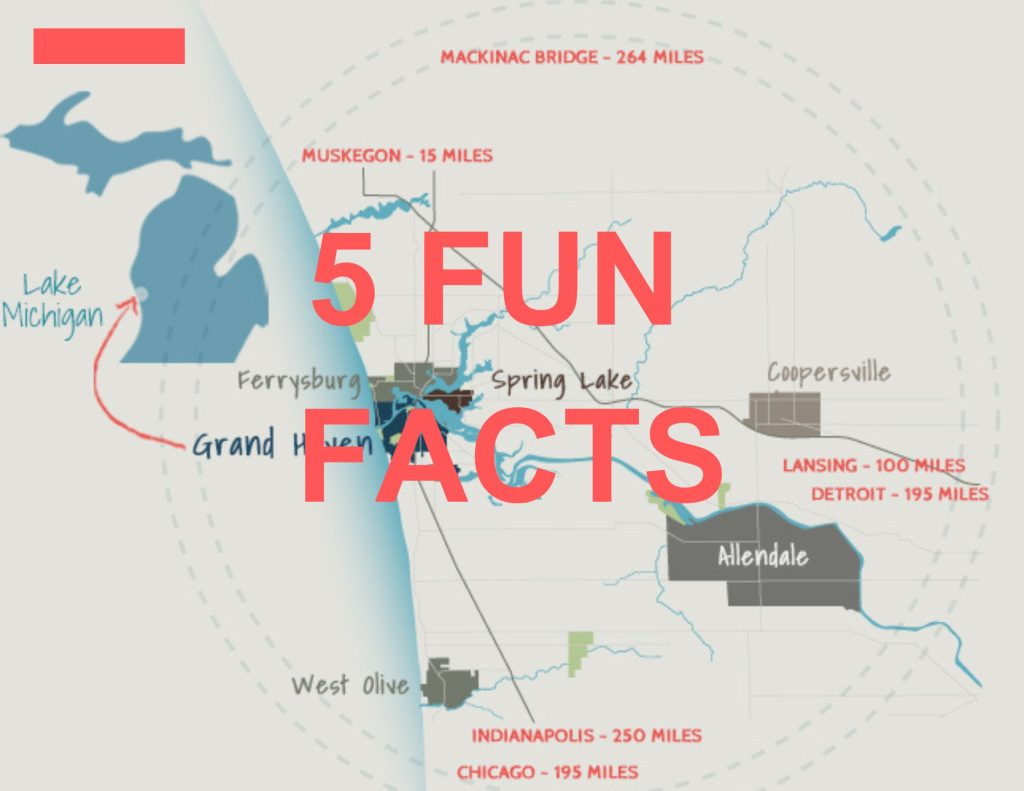
Check out our new site. Let us know what you think!.
Posted under: History
Posted on: June 27, 2024

The Grand Haven Area has towns and cities filled with bustling businesses, and attractions that support a strong tourism economy. Unsurprisingly, the lighthouses and pier, along with a top-rated beach draw millions of people each year. What else makes the Grand Haven Area unique?
The Grand Haven Area is full of rich history and facts, which anyone visiting the area or currently living here would find interesting.
So here are 5 fun facts that you probably didn’t know!
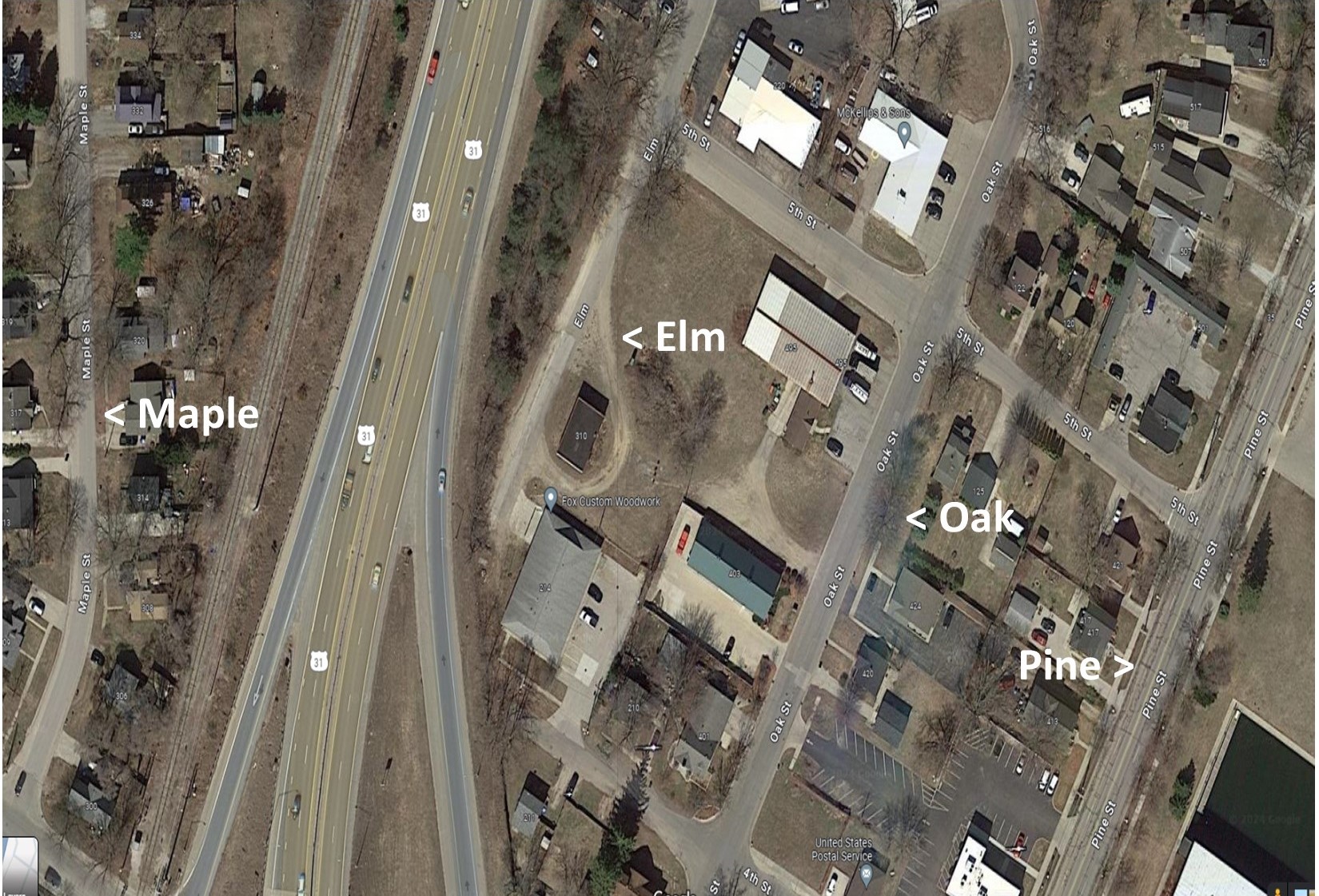
In 1857, the sons of the founding father of Ferrysburg (and one of the founding fathers of Grand Haven), William Ferry Jr. and Thomas White Ferry platted the city of Ferrysburg. The first school in Ferrysburg was also built in 1857. Four original streets ran east to west, Pine, Oak, Elm, and Maple, which are still streets that are driven on every day. The fun part about this is that the street’s first letters in each name spell “poem”. Whether intentional or not, still a neat detail!
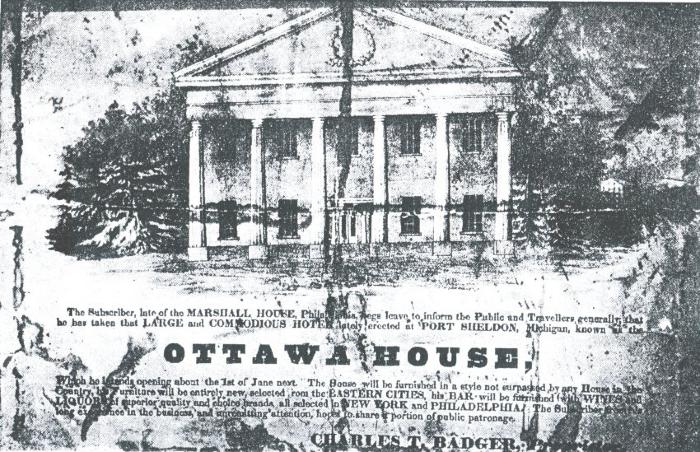
In the 1830s, there was an idea by many people from the East to invest in Michigan’s wild land. So, Port Sheldon’s first town emerged at the mouth of Pigeon Lake in Olive Township with help from multiple wealthy builders, supervisors, and engineers, all hoping to make this the next great Michigan destination. They built expensive shops, an office, a mill, a lighthouse, bought a yacht, and even built a splendid hotel. Problems started to arise however when that hotel, the Ottawa House, hardly received any visitors.
This was aided by the fact that the nearest neighbors were in Grand Haven, 13 miles away. Also, in order to live in Port Sheldon, being rich was a necessity. The new town was mainly used as a stopping place between Grand Haven and Holland. Knowing this now, the collapse was inevitable. They were too late to realize that the Port Sheldon project was not sustainable to keep open, even with their high population of 300 persons. The investors went broke and the project was closed.
The people dismantled their city, destroying the buildings and selling the land for far less than they spent on it all. Their prized Ottawa House hotel stood for as long as it could, with one keeper staying inside for the every-so-often traveler, before succumbing to the ghost town.
Port Sheldon was abandoned and deserted for a long time after 1837, until it saw a regrowth from berry growers in the 1930’s, once they found out the land was great agricultural crops like blue berries
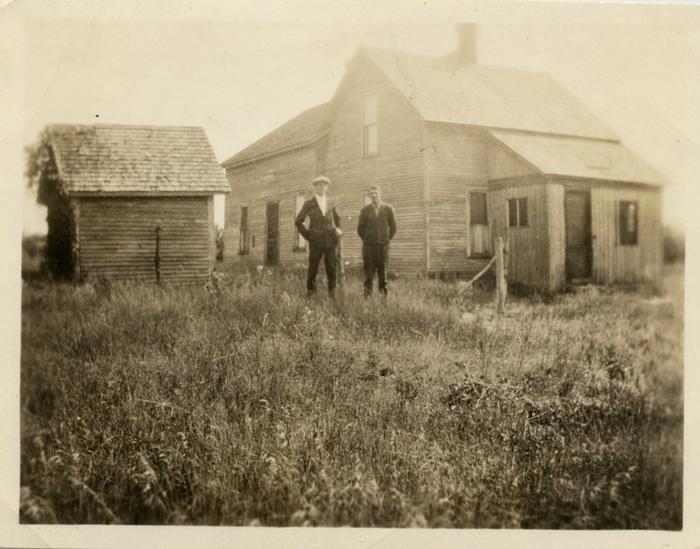
West Olive is neighbors with Port Sheldon, so naturally, their land and soil are going to be excellent at growing berries. Particularly, they’re known for their blueberries. One of the most successful businesses in West Olive is Reender’s Blueberry Farm, where they sell high-quality blueberries for an amazing price. Not only that, but Reender’s has served as a local attraction, agritourism, and community building. You can pick the berries and meet the regulars who pick there weekly. They’ve operated since 1956. Consider giving their farm and blueberries a try and see what West Olive is all about!
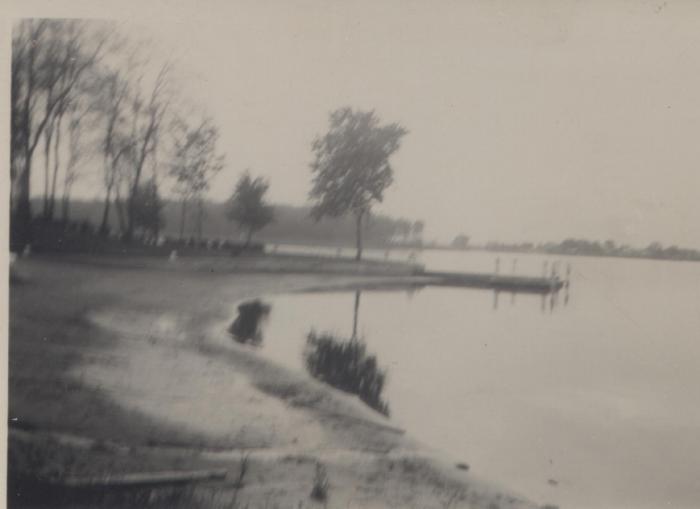
In 1837, Benjamin Hopkins, Jabez Barber, and Richard Mason fled Canada and eventually settled in the area now known as the Village of Spring Lake. They left Canada because of MacKenzie’s Rebellion, a Canadian’s attempt at uprising against British rule with an army of 800 men. The rebels were full of undisciplined & untrained people, surely favored to lose against the British militia. The rebellion lasted a long time, ultimately failing in the end. Meanwhile, the Village of Spring Lake village got started on their first frame house and sawmill, free of British rule and capitalizing on the lumber nearby. This was around the same time as other neighboring towns in the Grand Haven Area were settling in.
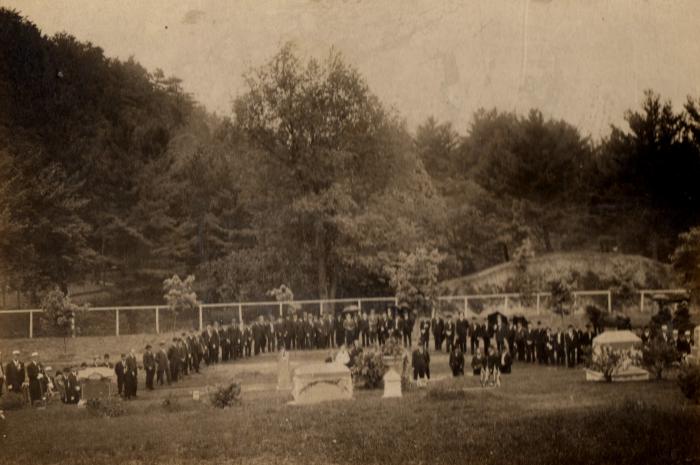
Ending in Grand Haven for this last fun fact, there’s a legend in the area that a blue figure roams around the Lake Forest Cemetery at night. He’s thought to be the ghost of Reverend William M. Ferry, a founding father of Grand Haven and also the builder of the first permanent home in Grand Haven, which is now the Kirby House.
Legend has it that the blue figure watches over his and his family's tombstones that rest on a small hill. This hill can only be reached by a windy staircase, only adding to the spookiness of the legend. Locals have said that they can’t deny something is going on there.
If you’d like to tour the cemetery yourself, you can always join in on Organized Cemetery tours.
Now you’ve become more familiar with the Grand Haven Area! We hope that you found these facts fun, interesting, and informative. Whether you live in the area or are visiting, knowing more about it can make your experience that much better!
“About.” Village of Spring Lake, springlakevillage.org/about/. Accessed 6 June 2024.
“History.” City of Ferrysburg, ferrysburg.org/about/history/. Accessed 6 June 2024.
“Home.” Reenders Blueberry Farms, www.reendersblueberryfarms.com/. Accessed 6 June 2024.
Otherside, Michigan’s. “The Blue Man and the Stairway to Hell.” Mysterious Michigan, 1 Oct. 2007, mysteriousmichigan.com/blue-man-lake-forest-cemetery.
“The Rise and Fall of Port Sheldon.” MIGenWeb, 26 Nov. 2008, migenweb.org/ottawa/twprecords/ptsheldon/portsheldon.html.